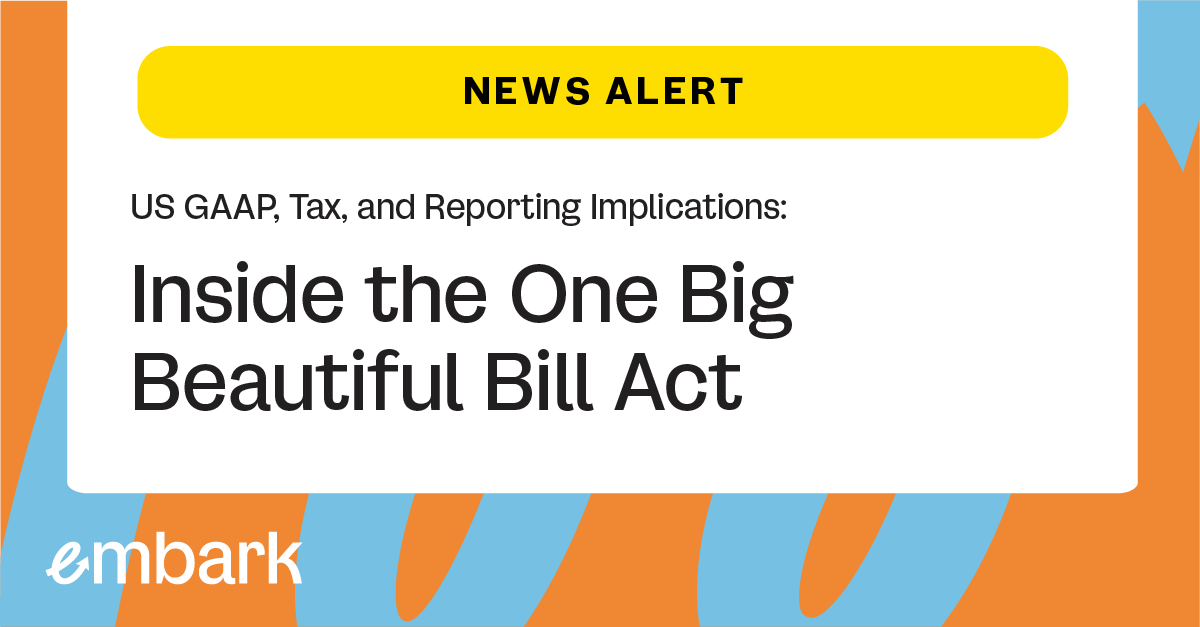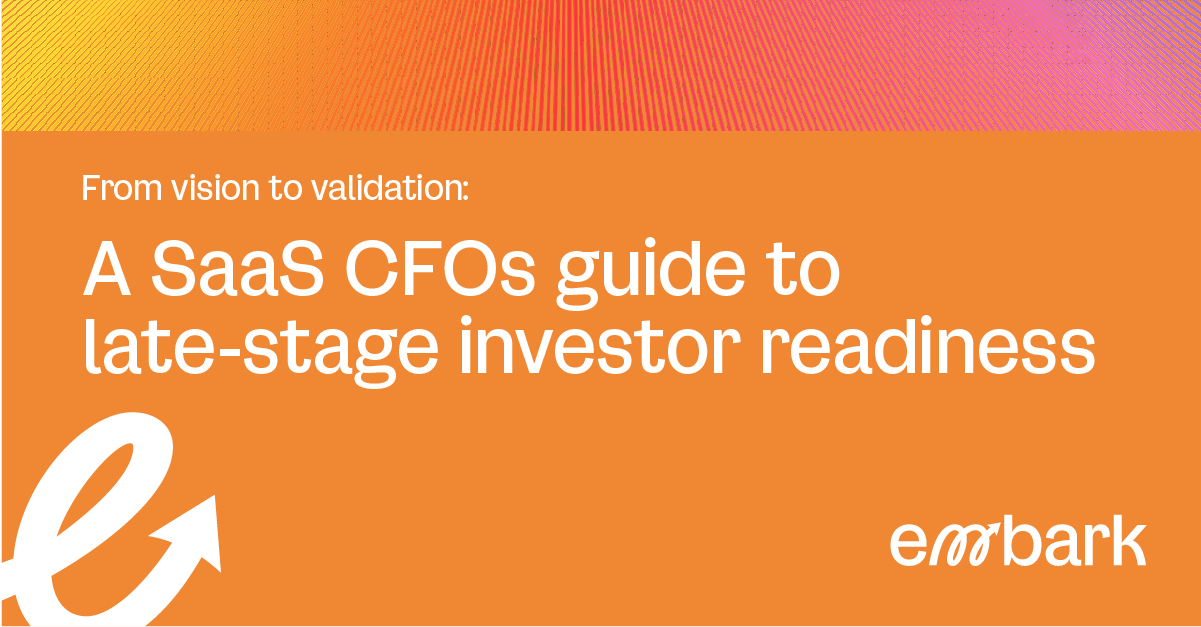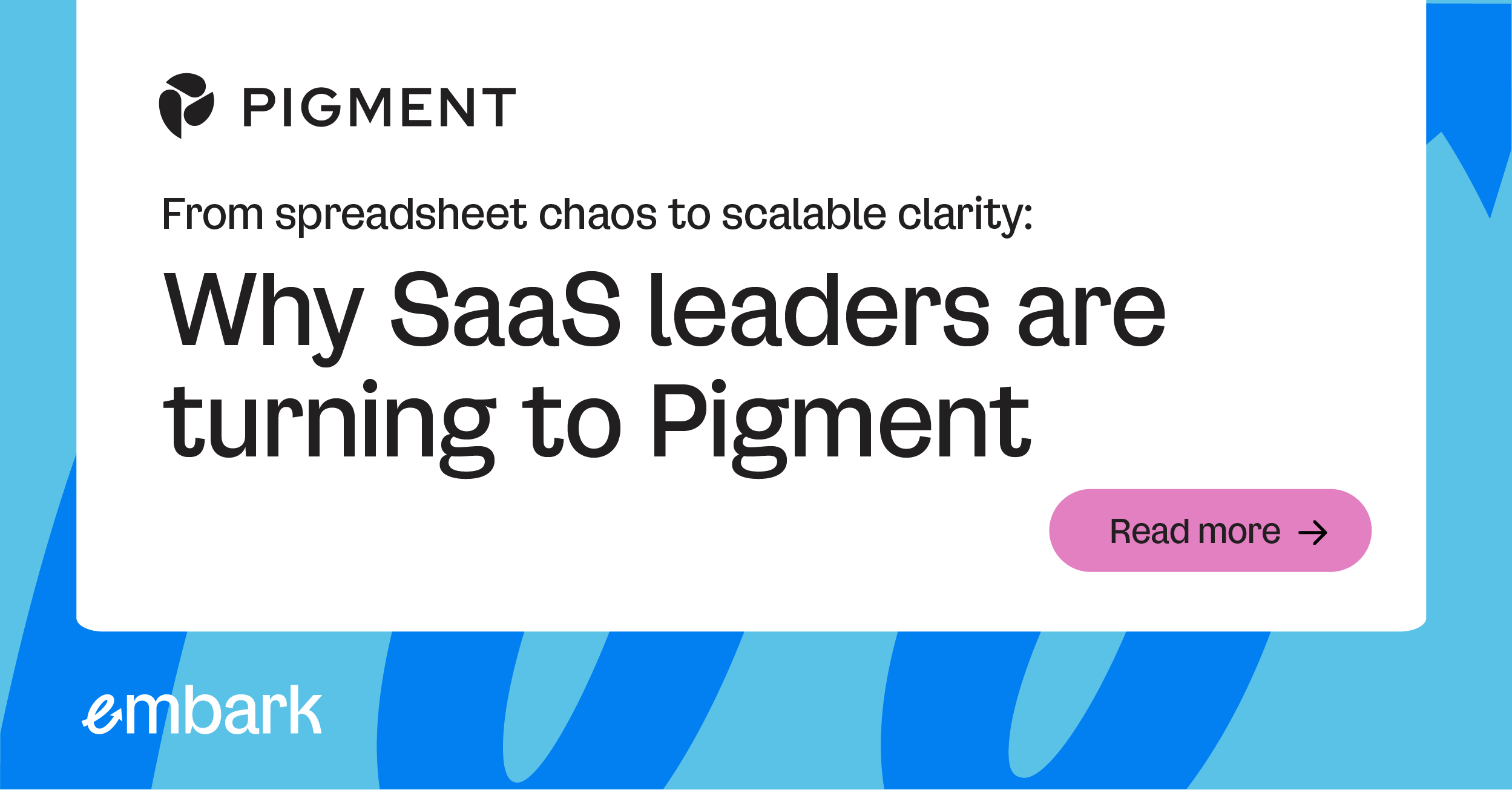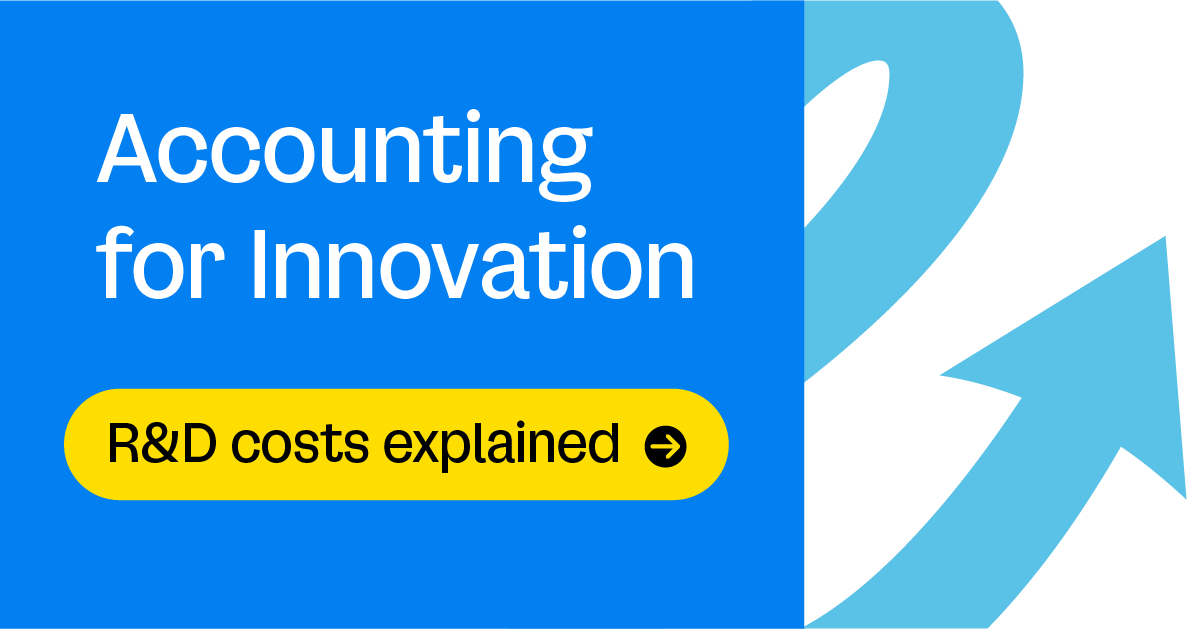
Early-stage funding might feel like selling a bold vision – late-stage funding is about proving you have a real business. In Series A or B, investors often bet on potential and dreams; by Series C and D, they’re betting on performance and data. The stakes (and check sizes) are higher, and so are the expectations. As a CFO or Head of Finance at a SaaS company, you’ll need to pivot from the scrappy “move fast” mindset to a more polished, investor-ready approach. What got you here won’t get you there.
Late-stage VCs will inspect your business from every angle – from recurring revenue charts to compliance checklists – before writing that big check. In fact, recent trends show venture capitalists are becoming even more cautious. Some forecasted 2023 as a “venture winter” with VCs slowing their check-writing pace, demanding a clear strategy for sustained growth, a proven track record of achieving key performance indicators, and a strong management team before they invest.
In other words, early investors may have made vision bets on your company, but late-stage investors make business bets – and they’ll pour over your finances with a fine-tooth comb to ensure your venture is a sound one. The good news? With the right preparation, you can not only meet their sophisticated diligence but actually impress them. Let’s break down how expectations shift from early to late stage and the best practices to get financially ready for the big leagues of Series C and D.
From Visionaries to Scrutinizers: How Investor Expectations Shift
Early-stage investors are often enamored with a compelling story – a huge market, innovative product, or charismatic founding team. They tolerate loose ends and risk because the upside is so high. Late-stage investors, by contrast, are writing much larger checks, and their risk tolerance plummets. They’re no longer investing in what could be; they’re investing in what is and will be.
To put it succinctly: To get Series A, you need a product; to get Series B, you need a team; to get Series C, you need a business. By Series C, investors expect you to have an established customer base, solid revenue streams, and a history of growth – not just promises. They’ll value your company on fundamentals rather than hype. This means your valuation mindset must shift too: It’s less about total addressable market dreams and more about tangible metrics like annual recurring revenue, growth rate, and path to profitability.
Your job as CFO is to make sure those numbers tell a clear, compelling story of a business that’s scaling, maturing, and ready for a major infusion of capital. So what exactly are those later-stage investors looking for in your financials? Below we highlight the major areas to focus on – from the quality of your recurring revenue to the rigor of your forecasts – and how to level up each one for the Series C/D spotlight.
Recurring Revenue Quality: Stability Over Flashy Growth
High growth is great – but high-quality growth is better. By the time you reach late-stage funding, investors care not just about how fast your revenue is growing, but how durable and predictable that revenue is. In a SaaS business, that boils down to the quality of your recurring revenue.
Strong ARR/MRR with Low Churn
Late-stage investors will scrutinize your Annual Recurring Revenue (ARR) or Monthly Recurring Revenue (MRR) in detail. Is your revenue truly recurring (subscriptions or long-term contracts) or padded with one-off sales? What’s your churn rate? A double-digit annual churn might have been shrugged off in early days; now it’s a glaring red flag. Aim to show net revenue retention above 100% – meaning your existing customers are expanding their spend enough to outpace any losses. In fact, companies with net negative churn (expansion revenue exceeds churn) have a serious edge. Achieving something like 120%+ net revenue retention with a broad customer base signals a highly sustainable model . It’s no surprise that a company with 90% gross margins and 120% NRR will command a higher valuation multiple than one with similar revenue but weaker fundamentals .
Customer Diversification
Late-stage investors will check if you have any customer concentration risks. If 30-40% of your revenue comes from one or two big clients, that’s a risk that can scuttle a deal or reduce your valuation. Show that your revenue is well-distributed and that no single churn event would destabilize the company. High recurring revenue quality also means having reliable renewal rates across the board – a broad base of happy, sticking customers rather than a few whales.
Subscription Terms & Backlog
Are you signing multi-year deals with auto-renewal clauses? Those are gold stars for revenue quality. Demonstrate the lifetime value of your customer relationships. If you have a backlog of contracted revenue (deals signed but not yet recognized as revenue), highlight it – just be prepared to show you’re accounting for it correctly (more on that under revenue recognition). Investors love seeing that the money will keep rolling in, contractually, for the foreseeable future.
Late-stage diligence on revenue will likely include cohort analyses and retention curves. Seasoned investors might ask for metrics like gross vs. net dollar retention, ARPU trends, and even revenue by product or region. Be ready to slice and dice your recurring revenue to demonstrate its health. The goal is to prove your growth is not a leaky bucket – it’s a solid, expanding foundation. In short, quality trumps quantity here: $50M ARR with happy, renewing customers beats $60M ARR that’s fraying at the edges.
EBITDA Clarity and Add-Backs: No Hiding in the Numbers
If early-stage startups live in the realm of burn rate and runway, later-stage companies start talking in terms of EBITDA (Earnings Before Interest, Taxes, Depreciation, and Amortization) – or at least adjusted EBITDA. Even if you’re not profitable yet, late-stage investors want to see a clear path to profitability and honest accounting of your expenses.
Transparency is the name of the game. By Series C/D, any savvy investor will see through overly generous “adjustments” to your earnings. It’s fine to add back one-time charges or extraordinary expenses to show a normalized EBITDA – in fact, identifying legitimate add-backs is encouraged – but be prepared to justify each one. (Did you add back a bunch of marketing spend as “one-time”? Expect an eyebrow raise.) A good rule of thumb: if you find yourself trying to add back half your operating expenses, your investors will lose confidence fast. Keep your EBITDA adjustments clear, logical, and limited to truly non-recurring items.
One way to build credibility is to prepare a Quality of Earnings (QoE) report ahead of fundraising. A QoE, typically done by an independent accounting firm, will validate your revenue and EBITDA figures and help identify any adjustments that need to be made for one-time costs or founder-related perks. Essentially, it’s a preemptive strike: by the time investors start due diligence, you’ve already scrubbed and normalized your earnings. As Embark’s own experience shows, having third-party experts vet your numbers can surface issues early and demonstrate to investors that you have nothing to hide.
Focus on EBITDA clarity in your internal reporting too. Ensure your chart of accounts cleanly separates normal operating expenses from any unusual costs. Late-stage investors may ask for department-level or product-level profitability to see where the cash is going. If you can show that core business operations are either profitable or trending that way (barring strategic growth investments), you’ll score major points. Also, be mindful of gross margins – if those are strong and expanding, it signals that once growth investments taper, solid profitability will emerge.
In summary, present your profitability story in a straightforward manner. Whether that story is “we’re breaking even” or “we’re strategically unprofitable but with improving unit economics,” make sure the numbers back it up without smoke and mirrors. Trust is key: late-stage investors will re-calc your EBITDA their own way, so it’s in your interest to do that homework for them and guide them through it.
Revenue Recognition & ASC 606: Play by the Rules (No Exceptions)
Fast-growing startups sometimes play it loose with accounting in the early days – recognizing revenue on a cash basis, or not fully adhering to GAAP in the rush to get numbers out. That won’t fly at Series C and beyond. By now, your financials must be audit-ready and GAAP-compliant, and revenue recognition is often the trickiest part for SaaS companies.
Under ASC 606, revenue recognition for subscription and software businesses became more nuanced, focusing on performance obligations and when they are satisfied. In plain terms: you can’t just book a year’s subscription fee upfront as revenue if the service will be delivered over time. Any late-stage investor (or their auditors) will zero in on your deferred revenue schedules. If you’ve been recognizing revenue prematurely, expect an adjustment (and a hit to your credibility). It’s far better to proactively show that you’re following proper rev rec policies. Make sure your books reflect this; better yet, be prepared to explain your revenue recognition methodology and how it complies with ASC 606.
If your startup expanded into complex contracts – multi-element arrangements, usage-based fees, or cancellable terms – consider bringing in technical accounting expertise to review your policies. As one Embark blog notes, when facing a new accounting standard like ASC 606, you don’t necessarily need to hire a full-time specialist if you can lean on outside technical accounting advisors to get your systems and processes in order. The goal is to preempt any investor concerns by having immaculate revenue books. You might say, “Yes, we’ve adopted ASC 606 fully; here’s how we account for implementation fees, renewals, refunds, etc.” Immediate sigh of relief from the investor side.
Remember, revenue quality isn’t just about the customer’s willingness to pay – it’s about how you account for it. If an investor spots irregular revenue practices, they’ll worry what else might be lurking. On the flip side, crisp revenue recognition gives them confidence that your growth is real and not artificially inflated. A quick tip: maintain a reconciliation of billed vs. recognized revenue and be ready to show off your deferred revenue balance. Demonstrating that you know exactly what revenue is locked in for future periods (and that you aren’t recognizing it early) signals maturity.
Lastly, align your metrics with revenue reality. Understand that ARR and GAAP-reported revenue may differ due to factors like professional services and implementation, which can affect how revenue is allocated to different performance obligations. By Series C, the savvy CFO is the one who can look an investor in the eye and say, “Our ARR is $15 million, all subscription, all recognized in line with GAAP—and here’s the deferred revenue to prove it.” That’s a seriously happy moment for an investor doing diligence.
Compliance Hygiene: Clean Books and No Surprises
Consider this the CFO mantra for late-stage readiness: no messy stuff. “Compliance hygiene” might not be glamorous, but it’s essential now. Investors at Series C/D want to see that your finance and accounting house is in order – that you’ve graduated from startup scrappiness to operating with the discipline of a public-ready company.
What does that entail? First off, GAAP-compliant financials and robust reporting. One common deal-killer is sloppy financials. As one M&A advisor put it, buyers (or investors) “want to see GAAP-compliant financials, clear revenue recognition policies, and a clean chart of accounts.” If you’re still on cash-basis accounting or missing accruals, it’s time to upgrade – yesterday. By late stage, you should be closing your books monthly, with actuals vs. budget analysis, and ideally having at least annual financial audits or reviews. Many investors will outright require an independent audit by a reputable firm as part of due diligence, or soon after funding.
Be proactive: conduct an audit before you fundraise if you can. An unqualified audit opinion in your back pocket is the ultimate confidence booster.
Regulatory and legal compliance falls under this hygiene, too. Ensure all your tax filings are current (sales tax, payroll tax, income tax in all jurisdictions you operate – no surprise liabilities, please). If you operate in regulated industries, have those licenses and compliance reports handy. Clean up any cap table oddities (every share and option documented), and make sure board minutes and corporate records are up to date. By Series C, investors might even expect you to be preparing for things like SEC compliance if an IPO could be on the horizon – for instance, some recommend registering with the SEC at this stage in anticipation of going public. Even if you’re not eyeing an IPO, behave as if you are: strong internal controls, documented policies, and a culture of compliance.
It’s also time to formalize internal controls and processes. Can you demonstrate that you have controls over revenue reporting, expense approval s, cybersecurity for financial data, etc.? Late-stage investors are sensitive to not just what the numbers are, but how they’re produced. If everything is a one-person spreadsheet with no oversight, that’s a risk. If you’ve implemented an ERP or at least solid accounting software and have checks and balances, that’s a plus.
In essence, no news is good news in this realm. If diligence finds nothing amiss in your financials and compliance, you’re doing it right. A clean bill of health in finance lets investors focus on the exciting growth story (instead of worrying about clean-up tasks). As the saying goes, sunlight is the best disinfectant – so shine a light on any little issues now, fix them, and enter fundraising with books so clean they squeak.
In addition, you may be more interested in focusing on integrating systems that streamline operations, enhance data accuracy, and provide real-time insights. Whether it's adopting advanced CRM tools, automating financial reporting, or leveraging cloud-based solutions for scalability, ensuring your technology is robust and future-proof is key. Demonstrating a well-integrated tech stack not only boosts operational efficiency but also signals to investors that your company is ready to scale effectively and sustainably.
Forecasting & KPIs: Impress with Insightful Projections
By the time you’re raising a late-stage round, your forecasting prowess should be on full display. Early on, you might get away with optimistic “hockey stick” charts and broad assumptions. Not anymore. Series C and D investors will likely tear apart your financial model – so make sure it’s built on solid ground and use it as an opportunity to showcase your command of the business.
Here’s how to level up your forecasting game:
Data-Backed Assumptions
Every growth assumption in your model should be tied to something real – historical trends, sales pipeline metrics, market benchmarks. If you’re forecasting, say, 50% YoY revenue growth, be ready to explain where it comes from (e.g. “X% from expansion of sales team, Y% from upsells in current base, Z% from new product launch”). Vague is out, granular and justified is in.
Many late-stage investors now look at efficiency metrics like the Rule of 40 (growth rate + profit margin) to gauge health. If you’re not profitable yet, you’d better have stellar growth to compensate, and you should know exactly when and how you’d cross into positive margins. On the flip side, in a tougher market environment, a more moderate growth with a clear path to profitability can be just as attractive. It’s all about demonstrating you’re in control of the levers of your business.
Multi-Year Outlook
Provide a longer-term view. It’s common to forecast at least 3-4 years ahead at this stage, not just the next 12 months. Investors want to see not only this round’s impact but how you plan to reach an eventual exit (like an IPO or acquisition). Your projections should show the use of the new funds and the milestones it will unlock (e.g. “This $50M Series D gets us to $100M ARR and cash-flow breakeven by 2025”). Include scenarios if appropriate: a base case, upside, and downside. That shows you’ve thought about risks and contingencies.
Key Metrics Front and Center
Late-stage investors live and breathe SaaS KPIs. Your model should track and forecast metrics like CAC (Customer Acquisition Cost), LTV (Lifetime Value), CAC payback period, gross margin, and recurring revenue churn/retention. If your current metrics are strong, brag about them! For instance, if your CAC payback is 18 months, that’s a great efficiency signal (VCs often look for payback under 24 months at this stage). If your gross margins are climbing from 70% toward 80%, highlight how scaling is improving profitability. Also, show how metrics evolve in your forecast – e.g., churn trending down, LTV/CAC rising, Rule of 40 achieved by Year X. It proves that your business not only grows but grows smartly.
Be Ready to Defend
Investors may pepper you with questions like “What if sales productivity is lower than expected? Why are marketing costs scaling that way? What if pricing pressure increases?” Know your model’s sensitivities. A seasoned CFO will run those sensitivities proactively: If our growth is 10% slower, we’ll extend our runway by cutting lower-ROI spend; if it’s 10% faster, we may need to hire more in customer success to maintain retention. This kind of command over the model instills confidence that, whatever happens, the finance team has a plan.
When done right, your forecast becomes a storytelling tool. It connects the dots from today’s performance to tomorrow’s potential in a credible way. Late-stage investors crave that narrative of future payoff grounded in present reality. Paint a picture in your projections of a company that, in a few years, could be IPO-ready or an attractive acquisition – because it has scale, growth, and profits coming into balance. Remember, these investors are thinking about the exit too; show them you are as well.
Audit-Ready Diligence: Be Prepared to Show Everything
If you sense a theme here, it’s that preparation is paramount. Nowhere is that more evident than in the due diligence process. By Series C or D, you should assume that anything and everything in your business will be under a microscope before the deal closes. Financial due diligence, legal, commercial, technical – the works. Your best move is to embrace it and turn it into a chance to shine.
Start by getting your documents and data room in impeccable order. Long before the term sheet, assemble a comprehensive data room with organized folders for financials, legal documents, HR, tech, the whole nine yards.
A great late-stage CFO will have at their fingertips: up-to-date financial statements (monthly/quarterly P&Ls, balance sheets, cash flows), detailed financial projections (as discussed), a clean cap table, all key contracts (customer, vendor, leases, debt, etc.), equity grant documentation, board minutes, compliance records, and more. It’s a lot but imagine the impression you make when an investor asks for something, and you send it over in minutes because it was already prepared. You immediately signal, “We’re on top of things.”
Being audit-ready also means anticipating the deeper dive. Consider engaging an external firm to do a mock audit or at least a financial review if you haven’t gone through one recently. They’ll poke holes and find issues that you can fix before the investor’s people do.
For example, have them verify your revenue recognition (back to that again!), test a few account reconciliations, look at your controls. It’s much better to discover that, say, a few contracts weren’t signed by a client, or an expense policy wasn’t enforced now, rather than during investor due diligence. Fix those little problems or be ready to explain them with a remediation plan.
Expect late-stage investors to possibly hire third-party diligence experts (accounting firms for a Quality of Earnings analysis, law firms for legal due diligence, etc.). Don’t be offended – this is standard practice to validate what you’ve told them. The key is to make their job easy. The faster and smoother due diligence goes, the faster you get that money in the bank. By proactively preparing for deep diligence, you can accelerate the funding process, reduce the risk of any red flags, and position your startup as truly investment-ready. It’s even been noted that with the right preparation, you’ll turn due diligence from a dreaded hurdle into a competitive advantage, securing funding faster and on better terms.
When an investor’s team asks tough questions, respond with candor and data. If there’s a bump (e.g., an accounting policy that had to be corrected or a legal dispute in the past), don’t try to sweep it under the rug. Address it, show that it’s resolved or being managed, and move on. By Series C/D, no one expects your company to be perfect, but they do expect you to know where the warts are and have a plan for them. Openness builds trust – and trust can sometimes save a deal that numbers alone might not.
Key Takeaways
| Shift in investor expectations | Early-stage funding focuses on vision and potential, while late-stage funding requires proving business performance and data-driven results. |
| Investor scrutiny | Late-stage investors conduct thorough due diligence, examining recurring revenue, compliance, and financial performance. |
| Recurring revenue quality | High-quality, predictable revenue with low churn is crucial. Aim for strong net revenue retention and customer diversification. |
| EBITDA transparency | Present clear, honest financials with justified adjustments. Prepare a Quality of Earnings report to build credibility. |
| Revenue recognition compliance | Ensure GAAP-compliant financials and proper revenue recognition under ASC 606 to avoid credibility issues. |
| Audit-ready diligence | Be prepared for comprehensive due diligence by organizing financial and legal documents. Address any issues proactively. |
Conclusion: Ready to Level Up (and How Embark Can Help)
Transitioning from early-stage to late-stage fundraising is a rite of passage. It’s a sign your SaaS company is growing up, and with that comes a need for financial maturity. You’re shifting from pitching the dream to proving the dream – with spreadsheets, audits, and binders full of documentation to back it up. It’s a challenging journey, but one that can also hugely validate your hard work when those later-stage funds hit your account.
The overarching theme is confidence through preparation. When you can confidently answer an investor’s every question, point to well-groomed financials, and show a vision grounded in reality, you not only attract investment – you choose the right investment partners on your terms. And remember, thorough preparation doesn’t mean doing it all alone. Some of the savviest finance leaders know when to call in reinforcements. Whether it’s bringing in technical accounting help to nail ASC 606 compliance or leveraging consultants to optimize your financial processes, smart CFOs use every tool at their disposal.
At Embark, we’ve seen these challenges up close and helped SaaS companies navigate the jump from “promising startup” to “market-ready superstar.” Need an extra set of expert hands to get your books, forecasts, or processes in shape for a late-stage raise? We’re here for that – confident, data-backed, warm, and yes, even witty when the moment calls for it. After all, rigor and joy don’t have to be mutually exclusive. Let’s talk.
One final thought: Embrace this process. It’s intense, but it’s also the gateway to your company’s next big chapter. And with the right preparation (and maybe a little help from friends like Embark), you’ll approach that Series C or D with the calm of a seasoned pro – seriously confident, seriously happy.







